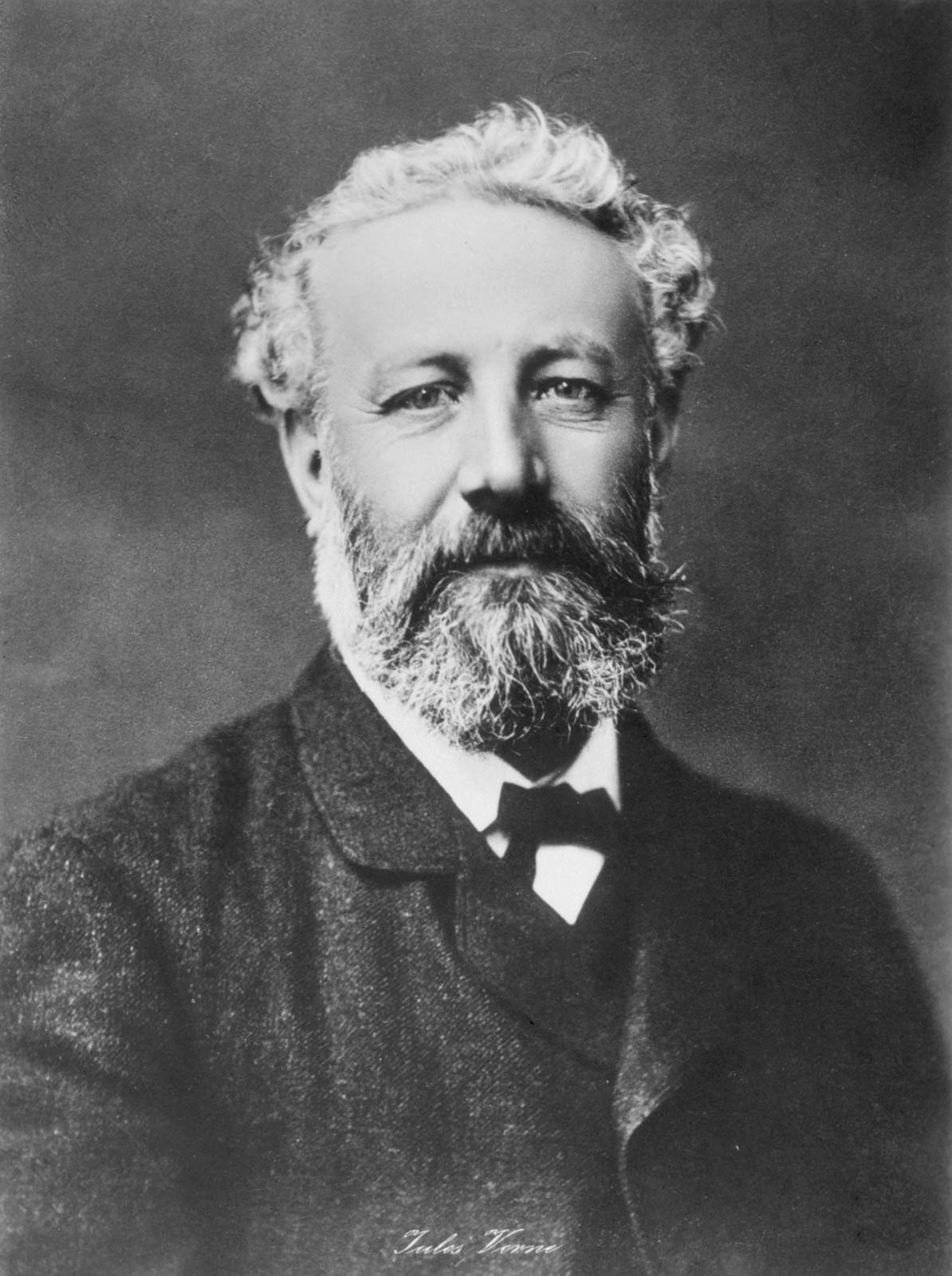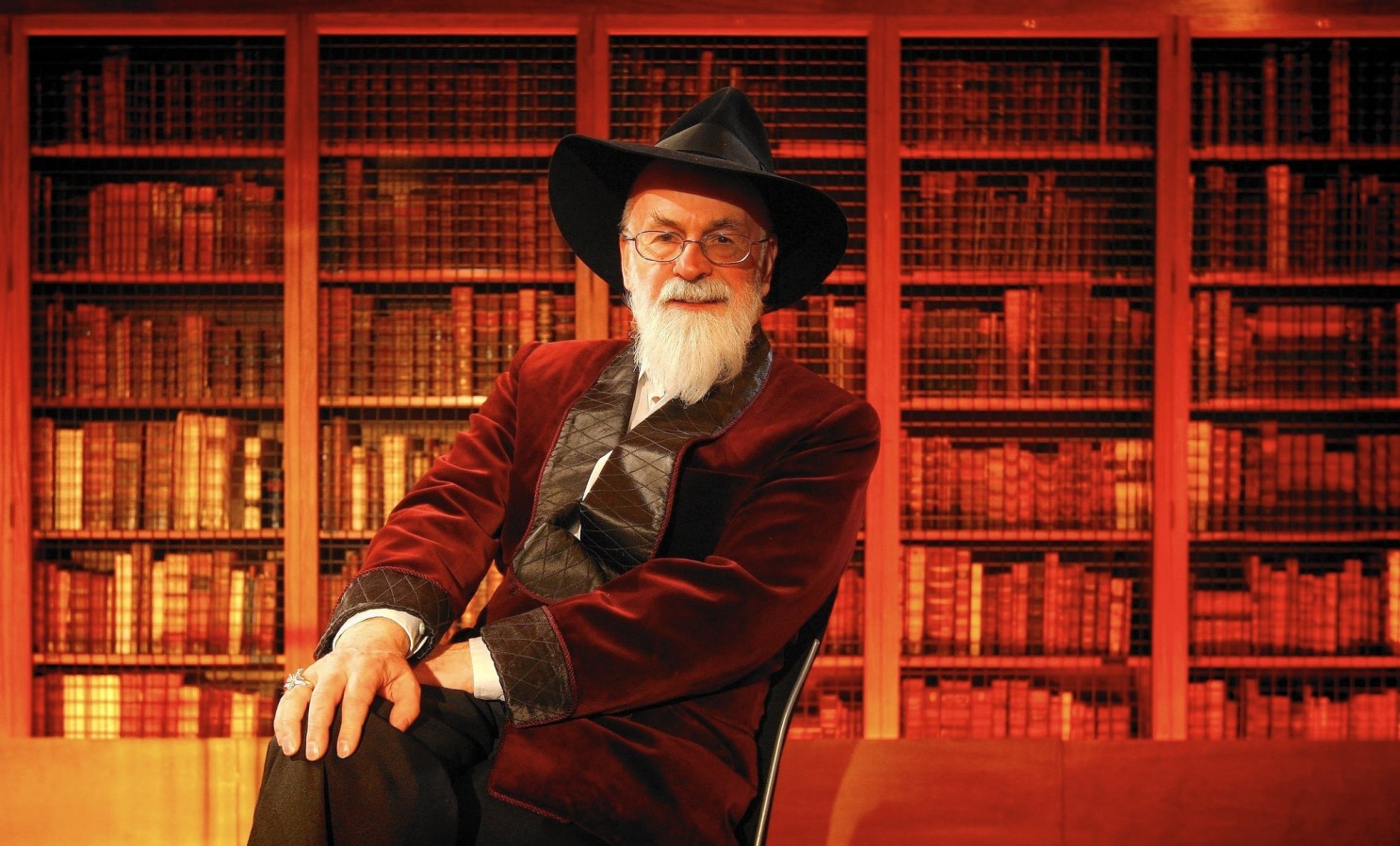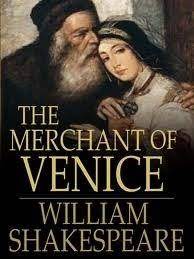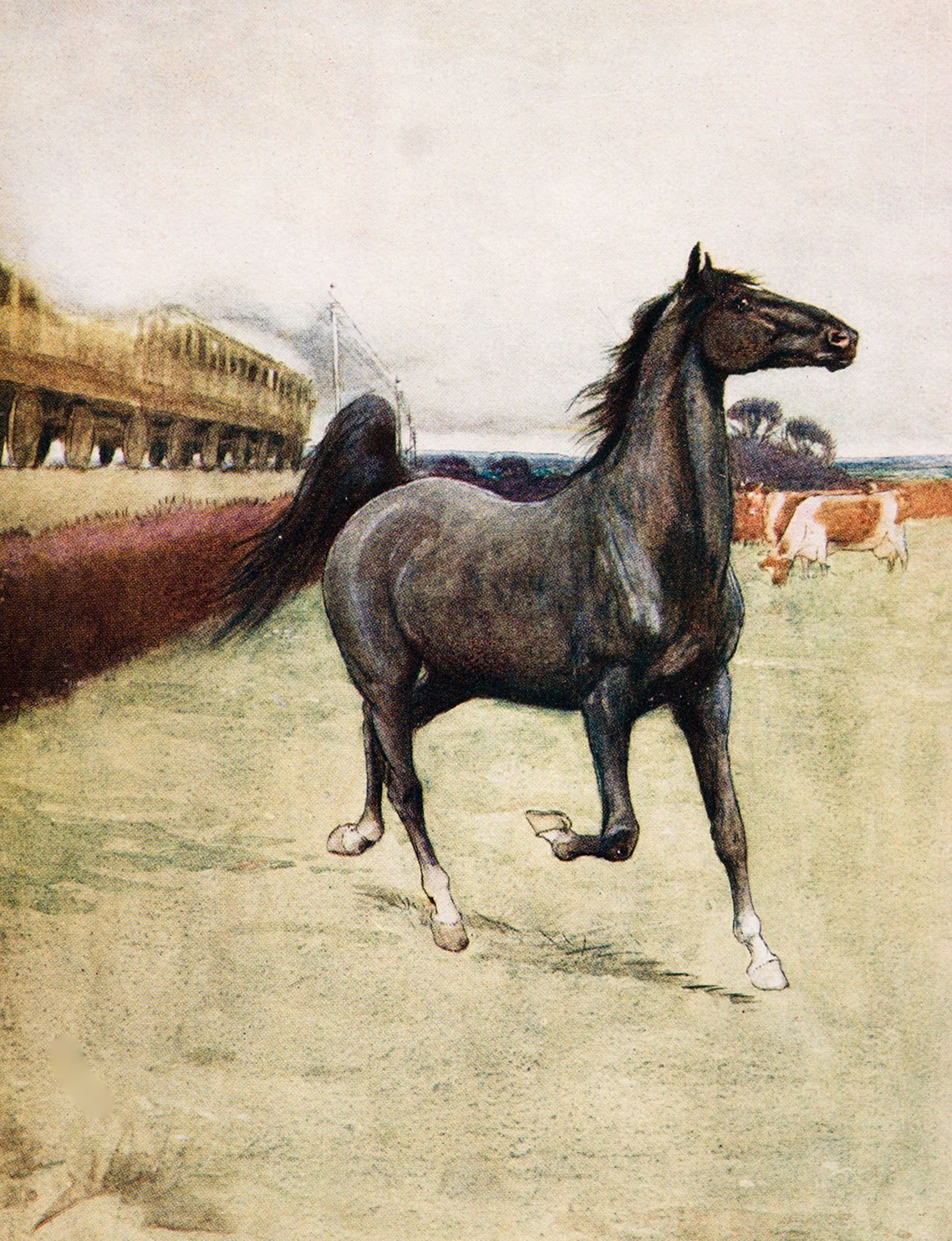Who is the writer of The Faraway Tree?
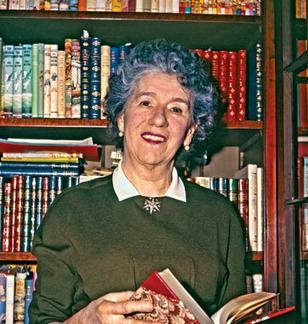
The Faraway Tree is a series of popular novels for children by British author Enid Blyton. The stories take place in an enchanted wood in which a gigantic magical tree grows – the eponymous 'Faraway Tree'. The tree is so tall that its topmost branches reach into the clouds and it is wide enough to contain small houses carved into its trunk. The wood and the tree are discovered by three children named Jo, Bessie and Fanny (later updated to Joe, Beth and Frannie), who move into a house nearby. They then go on adventures to the top of the tree.
In October 2014 it was announced there would be a big screen adaptation of The Magic Faraway Tree, to be made by Sam Mendes' production company Neal Street Productions. In November 2017, Simon Farnaby, who had previously written the screenplay for Paddington 2, confirmed that he was working on the project, a collaboration between Neal Street Productions and StudioCanal UK.
Picture Credit : Google
